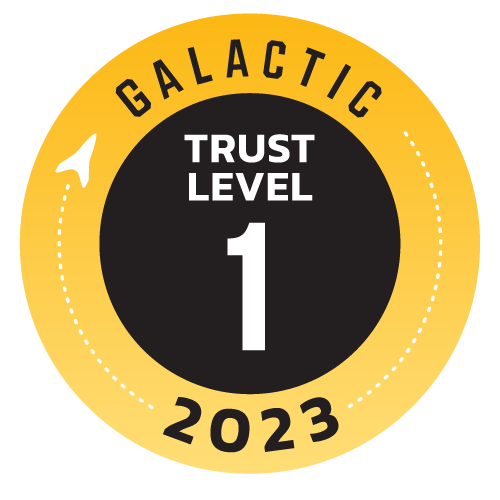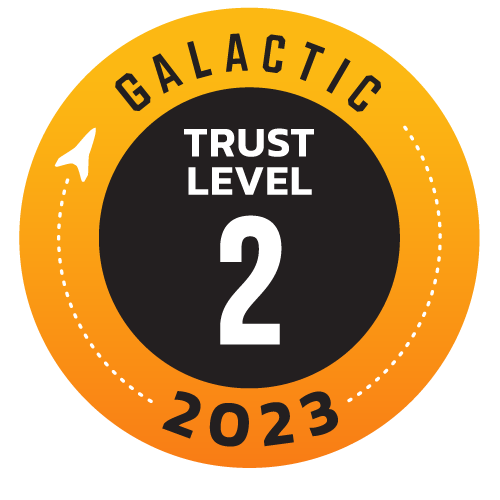You know the standard approach – first, identify your company’s weakness and then do everything you can to fix it. Practice at it relentlessly, feed your team (and yourself) with constant affirmations, do anything you can to dive deep into your weakness and fix it once and for all. If you can’t fix it, then go to Plan B by burying the weakness in hopes that none of your prospects or competitors find out.
Well, here’s the dealio: the business down the street that is naturally strong at the same thing your company is weak at is working just as relentlessly to improve their strength. While you are fixing something that’s broke, they are getting better at something that already works. While you may improve your weakness, their strength gets better too. At the end of the day they are still ahead of you. You lose. That is, unless you know the power of spin.
Instead of trying to fix weaknesses, smart leaders will turn the tables and make their weakness or even an industry weakness a competitive advantage. A wonderful example in the restaurant industry is Dick’s Last Resort. Like all restaurants that struggle with the occasional rude waiter, Dick’s could have tried to fix this industry-wide weakness. Instead they turned the weakness into their greatest strength. Known to have the “most obnoxious waitstaff in the world,” Dick’s built a whole system around exploiting an industry weakness. They hire and train people to be obnoxious (while the competition tries to fix it), and Dick’s has grown explosively.
I have found that exploiting a weakness can draw droves of prospects. So, let’s do it with your weakness. Here are the three simple steps you need to take:
Step 1
Know what your (or your industry’s) weakness is. The process is simple: ask your customer and prospects what they don’t like about your industry. Ask more customers the same question. Very soon you will know exactly what weakness they see.
Step 2
Instead of brainstorming ways to fix it, brainstorm ways to make the weakness absurdly weak. Can you make fun of it? Can you make it the core experience for your customers (think Dick’s Last Resort)? How can you make the weakness a good thing?
Step 3
Now that you have a new and improved weakness, let the world know all about it. Market it to your prospects, inform your customers and even leverage all that work your fiercest competitor put into highlighting your weakness in the past.
The process of spinning a weakness takes courage, and that is exactly why it works. It is likely you have been afraid of doing this in the past, and it is highly likely your competitors are just as afraid too. If you have the courage to spin your weakness into an über-weakness (a.k.a. a big-time strength), you might just blow your competition out of the water once and for all.
 MIKE MICHALOWICZ (pronounced mi-KAL-o-wits) started his first business at the age of 24, moving his young family to the only safe place he could afford—a retirement building. With no experience, no contacts and no savings, he systematically bootstrapped a multimillion-dollar business. Then he did it again. And again. Now he is doing it for other entrepreneurs. Mike is the CEO of Provendus Group, a consulting firm that ignites explosive growth in companies that have plateaued; a former small-business columnist for The Wall Street Journal; MSNBC’s business makeover expert; a keynote speaker on entrepreneurship; and the author of the cult classic book The Toilet Paper Entrepreneur. His newest book, The Pumpkin Plan, has already been called “the next E-Myth!” For more information, visit http://www.mikemichalowicz.com/.
MIKE MICHALOWICZ (pronounced mi-KAL-o-wits) started his first business at the age of 24, moving his young family to the only safe place he could afford—a retirement building. With no experience, no contacts and no savings, he systematically bootstrapped a multimillion-dollar business. Then he did it again. And again. Now he is doing it for other entrepreneurs. Mike is the CEO of Provendus Group, a consulting firm that ignites explosive growth in companies that have plateaued; a former small-business columnist for The Wall Street Journal; MSNBC’s business makeover expert; a keynote speaker on entrepreneurship; and the author of the cult classic book The Toilet Paper Entrepreneur. His newest book, The Pumpkin Plan, has already been called “the next E-Myth!” For more information, visit http://www.mikemichalowicz.com/.









